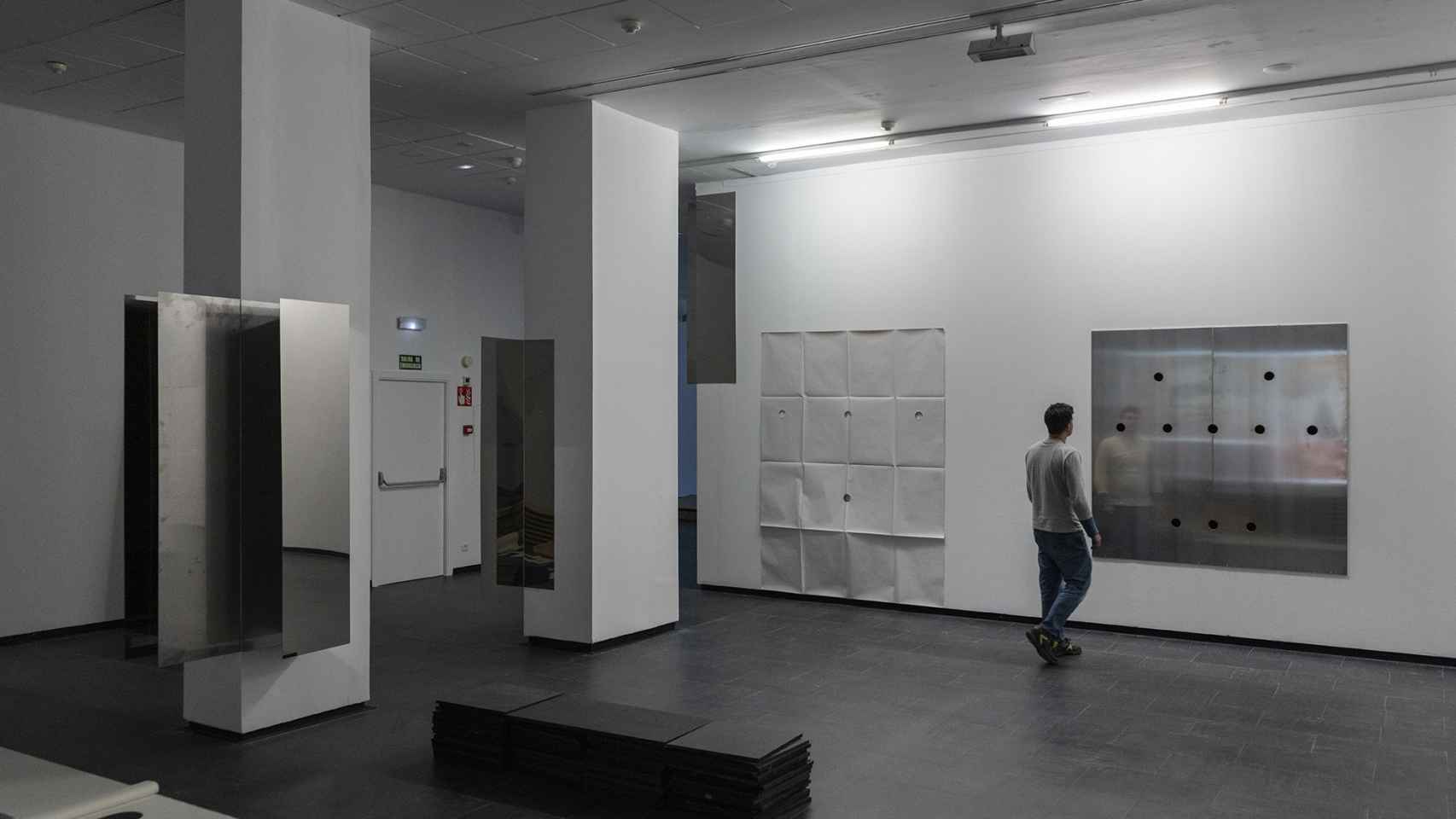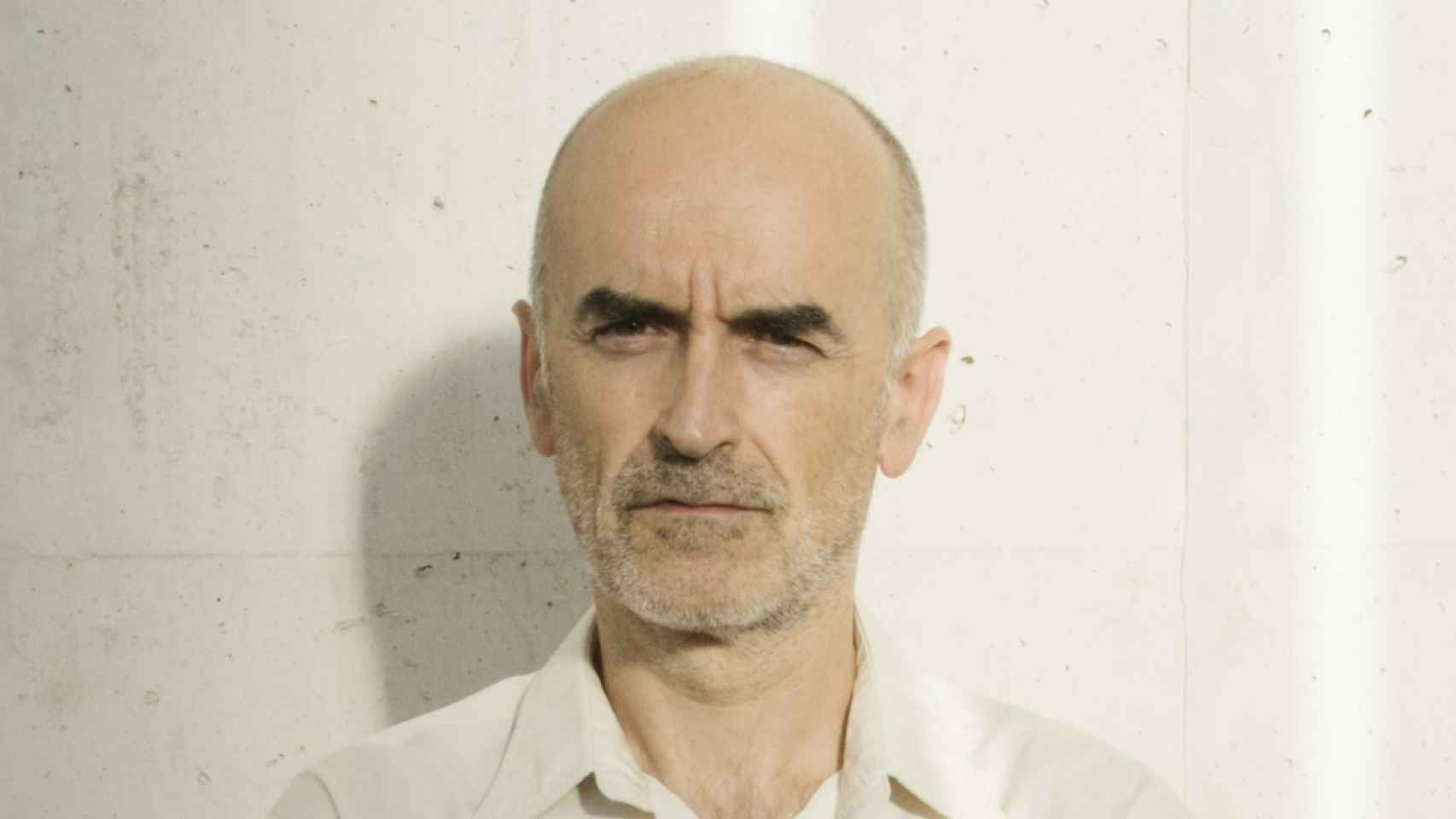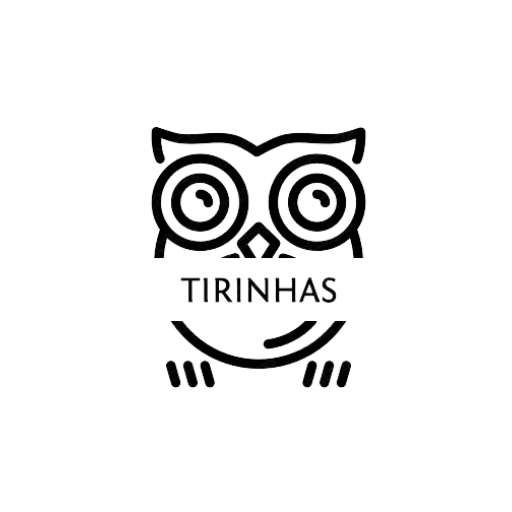Advertisements
[ad_1]
From the beginning, and also at the end, after visiting the proposal several times Jon Mikel Euba makes us on the third floor of CA2M, I can't help but think that This exhibition is like a text. A text incarnated with signs that take shape from the body, the artist’s and also ours. It inevitably generates a state of strangeness in which our organisms are stimulated to assume new forms and new states. Once again, we find ourselves immersed in a sample that demands not only our attentive look but also an openness to reorganize our thoughts based on of what is sensorial. It's not easy, because everything it seems, in the end it isn't.
But what does it look like? For those unfamiliar with your practice, closer to theoretical speculation, the collective construction from teaching and writing – which is why he has not exhibited individually in an institution for twenty years – through generation and school, is associated with the new Basque sculpture. In a very concise way, certainly incomplete and simplified, but I am referring to a certain collective imagination: raw materials, pseudo-industrial structures as metaphors for sociopolitical dynamics in an abstract way.
When we enter the room, the first thing we see are geometric and folded metal pieces that are attached to pillars and walls, sectioned wooden drawers, perfect holes in different types of paper. The fact is that, in this case, none of these objects are sculptural pieces as such, but devices to generate something. This is the necessary premise: you don't need to look at a display of parts, but at a dynamic arrangement of devices.

View of Jon Mikel Euba's exhibition at CA2M
This word, so common in contemporary jargon, refers to any element used to generate situations, whether contemplative or action-provoking. We can call a showcase a device, the important thing is to understand that its form and situation provoke a specific disposition of our gaze that creates certain relationships between the agents – objects and subjects – that are in this context, and this context can be a device in itself.
In this case, the museum, building and institution, functions as a place where something happens and as a framework that defines how it does so. In it, like a piece of paper, is where Euba develops her grammar for bodies. Something that could be so abstract, however, refers to a very specific situation: the reality of many cultural buildings that were born as a symbol of a political and developmental model, without thinking about their function. Since the 1970s, the white cube has been questioned as ideal for displaying works of art.
In the museum, like a sheet of paper, is where Euba develops her grammar for bodies
CA2M has been doing this exercise, questioning its form and use, for years. For example, the architect's attempt at acupuncture Andrés Jaque or the exposure of the relationship between work and architecture of Diego Bianchi. This museum suffers, and this is how he tells it in his text Manuel Segade, director and curator of this exhibition, of a problem of communication with the outside that prevails, but is not balanced, and of a need to deny this architecture to create rooms where it can exercise its exhibition function, but also as a meeting place and to discuss. This double circumstance is what the second part of the exhibition title refers to. environments created by opposing forces.
The artistic treatment to highlight this tension is based on induce our bodies to find the possible paths, not just one, for a possible experience of this altered space. This explains the first sentence of the title, which alludes to a biographical anecdote (stolen from adopted wallace) about how the route was found to make a path and climb a mountain more easily. Euba fills the rooms with devices that help our bodies find other points of viewfrom the image, from the posture, to that.
[I know how to produce thoughts]
He groups them into four types: intensifiers (elements to open holes in the architecture); slowdowns (sculptures that reveal transit locations); plosives (the patterns of holes to reposition the bodies) and projections of 3,900 images, a visual essay that seeks to raise awareness about aesthetics, showing the mental process of how the previous forms were achieved. In this way, between the pieces of a dismantled puzzle, we can move in a different way and with another perspective to understand the museum as an organism that seeks symbiosis.

Jon Mikel Euba. Photo: Paula Lafuente
The work of Jon Mikel Euba (Amorebieta, Vizcaya, 1967) extends from drawing to video, installation and performance, with special attention to pedagogy. We saw him recently at Tabakalera, CentroCentro and his gallery, CarrerasMúgica. This CA2M exhibition is his first solo exhibition at an institution since 2003.
Follow the topics that interest you



